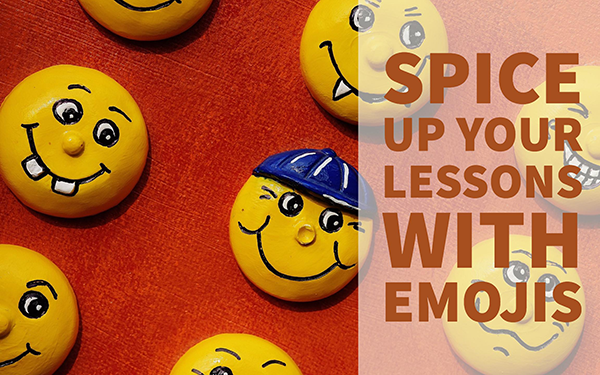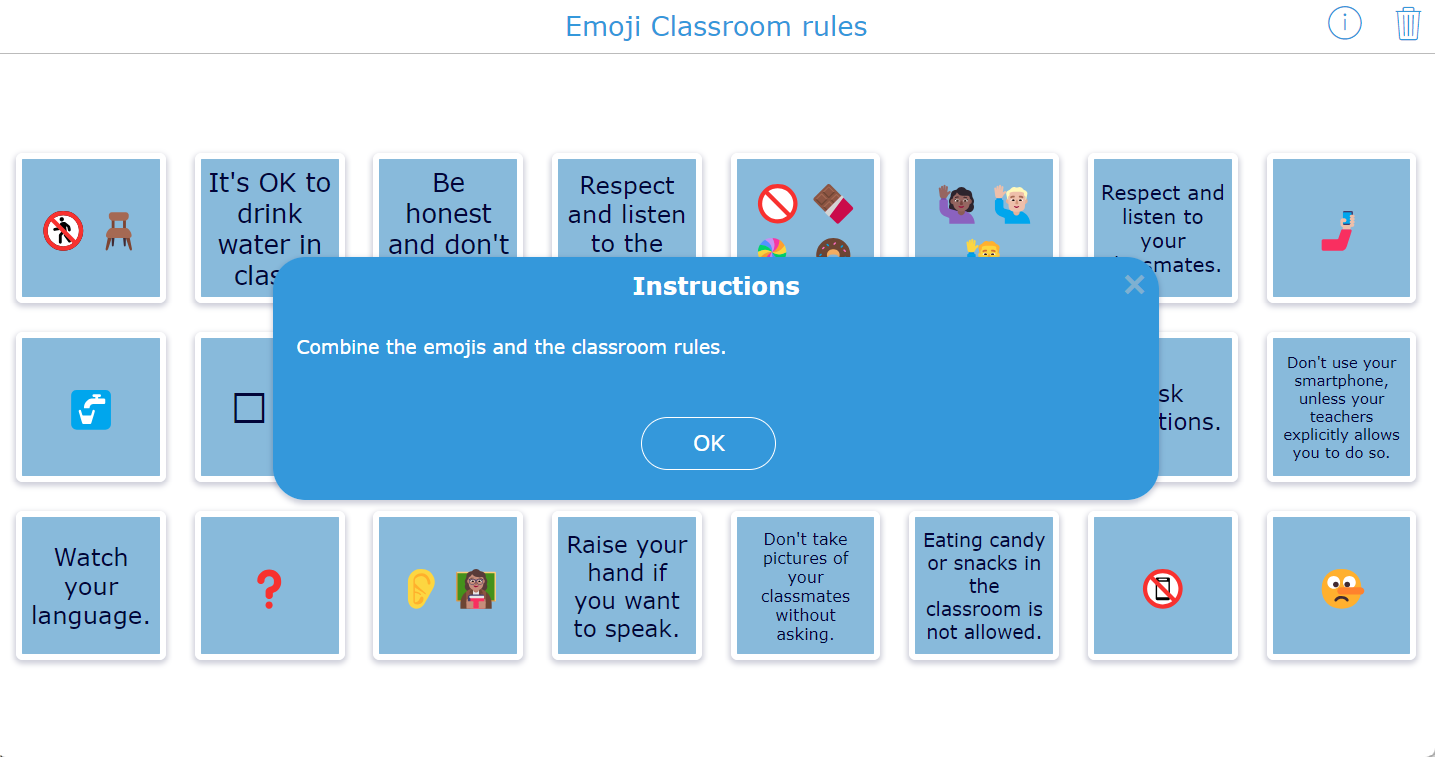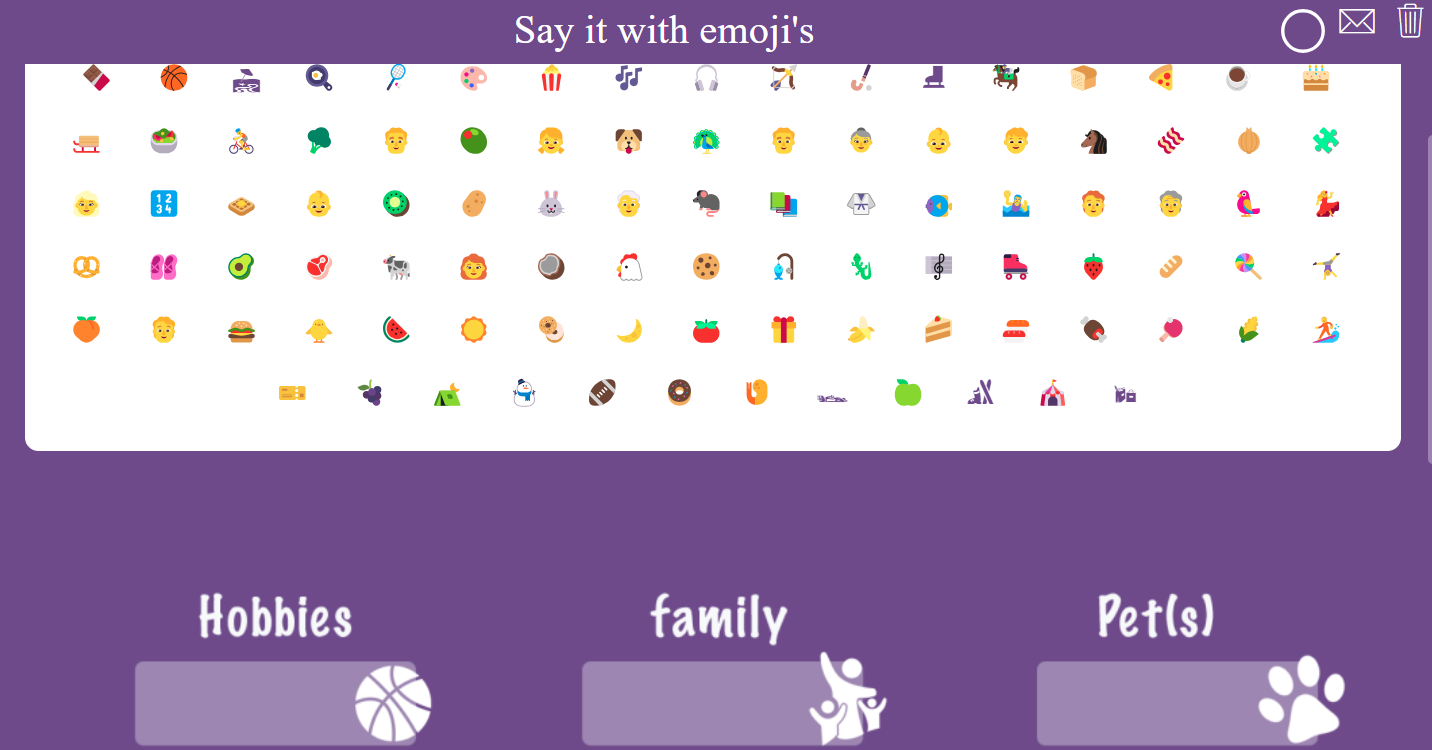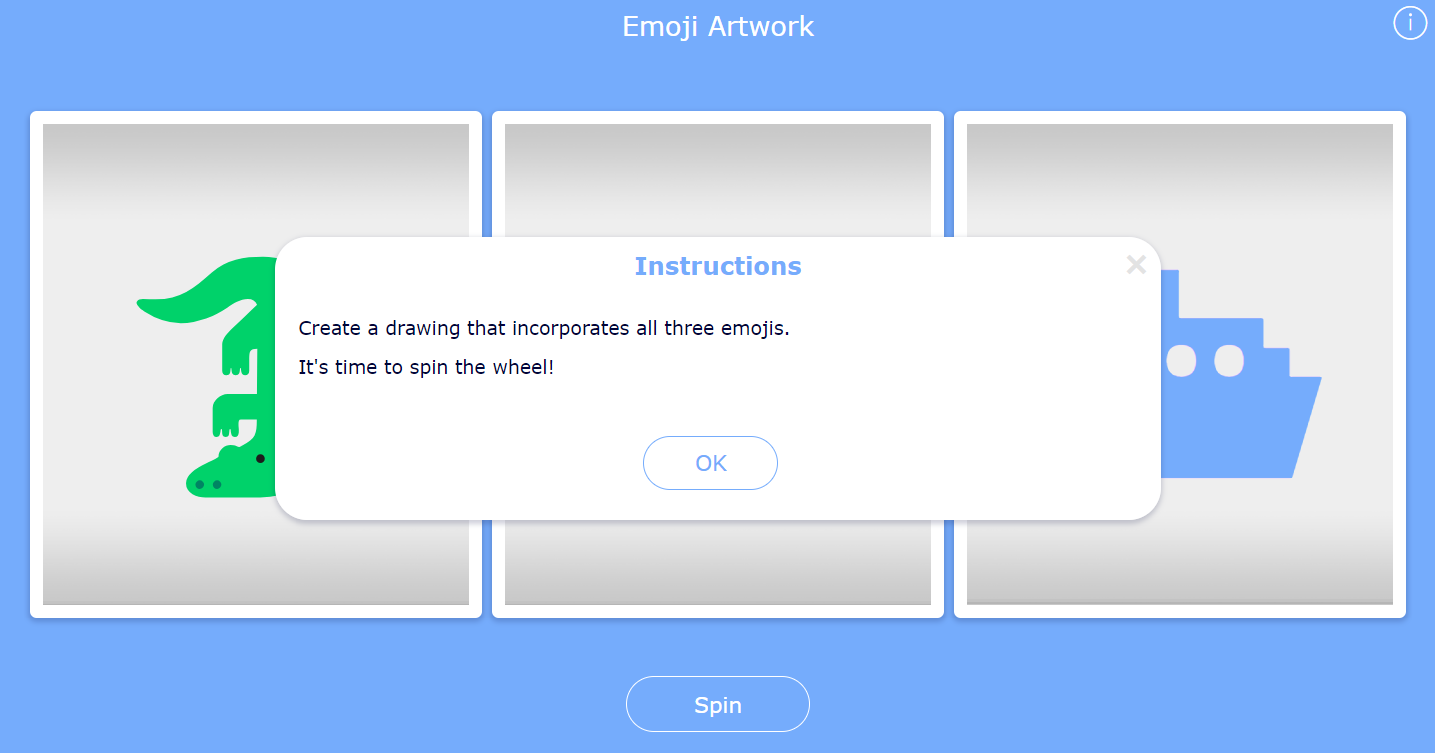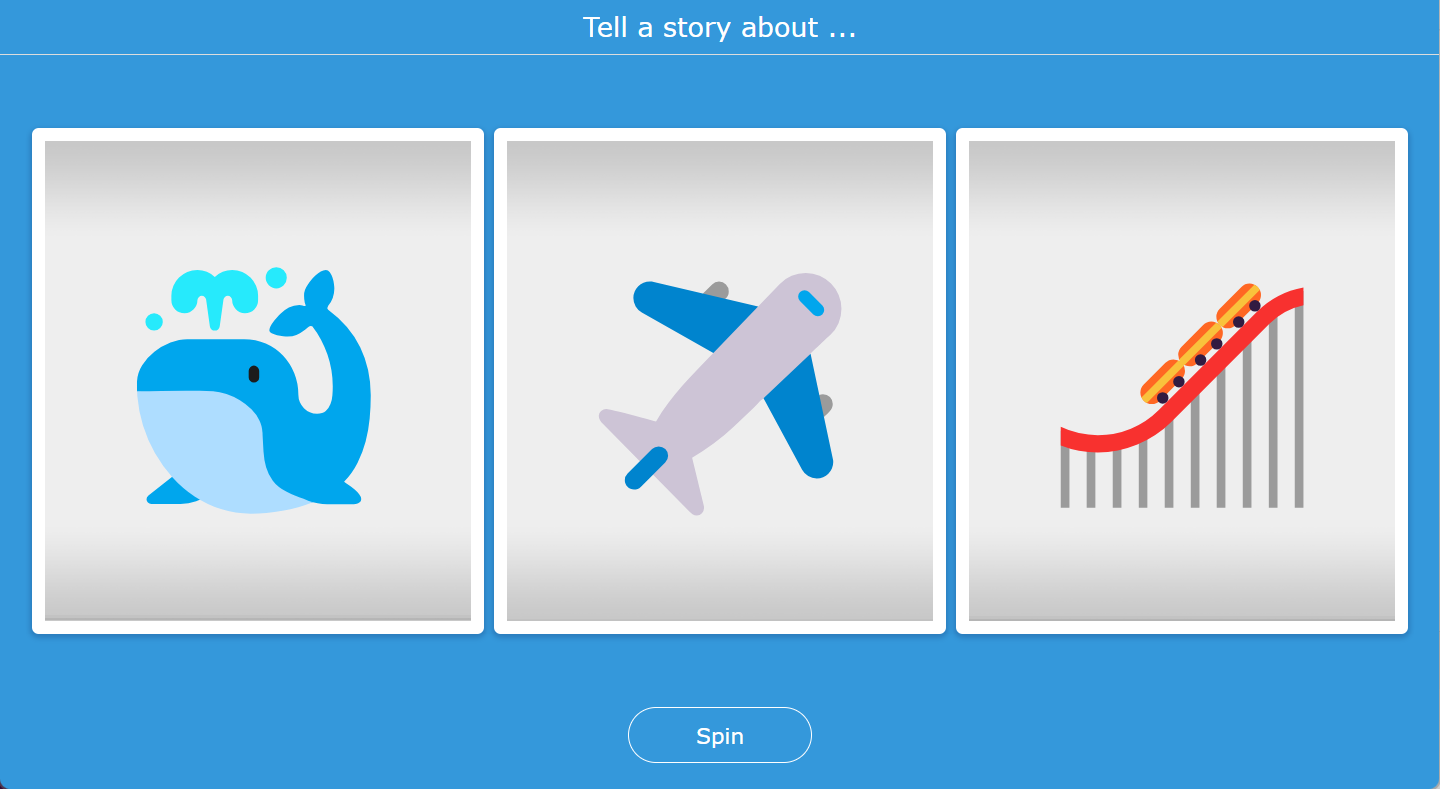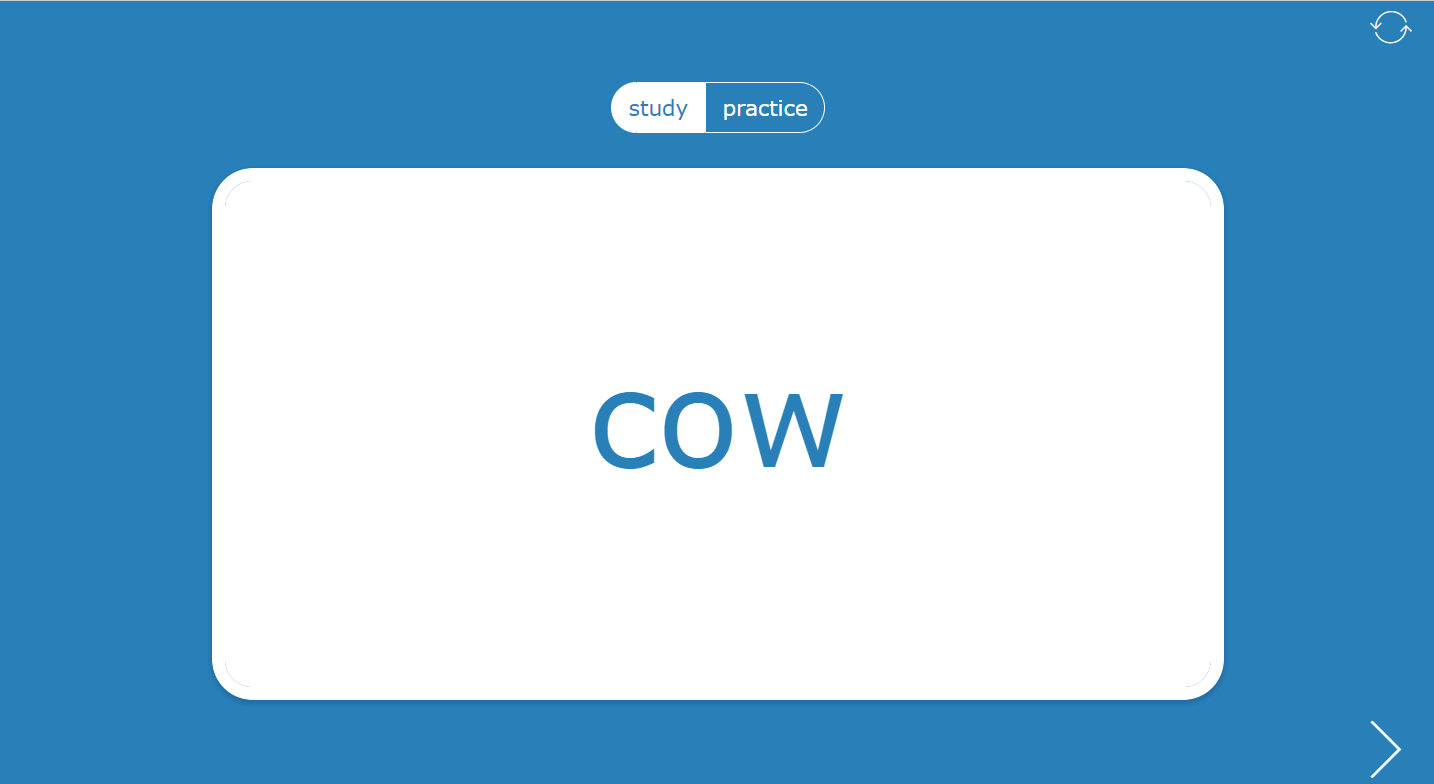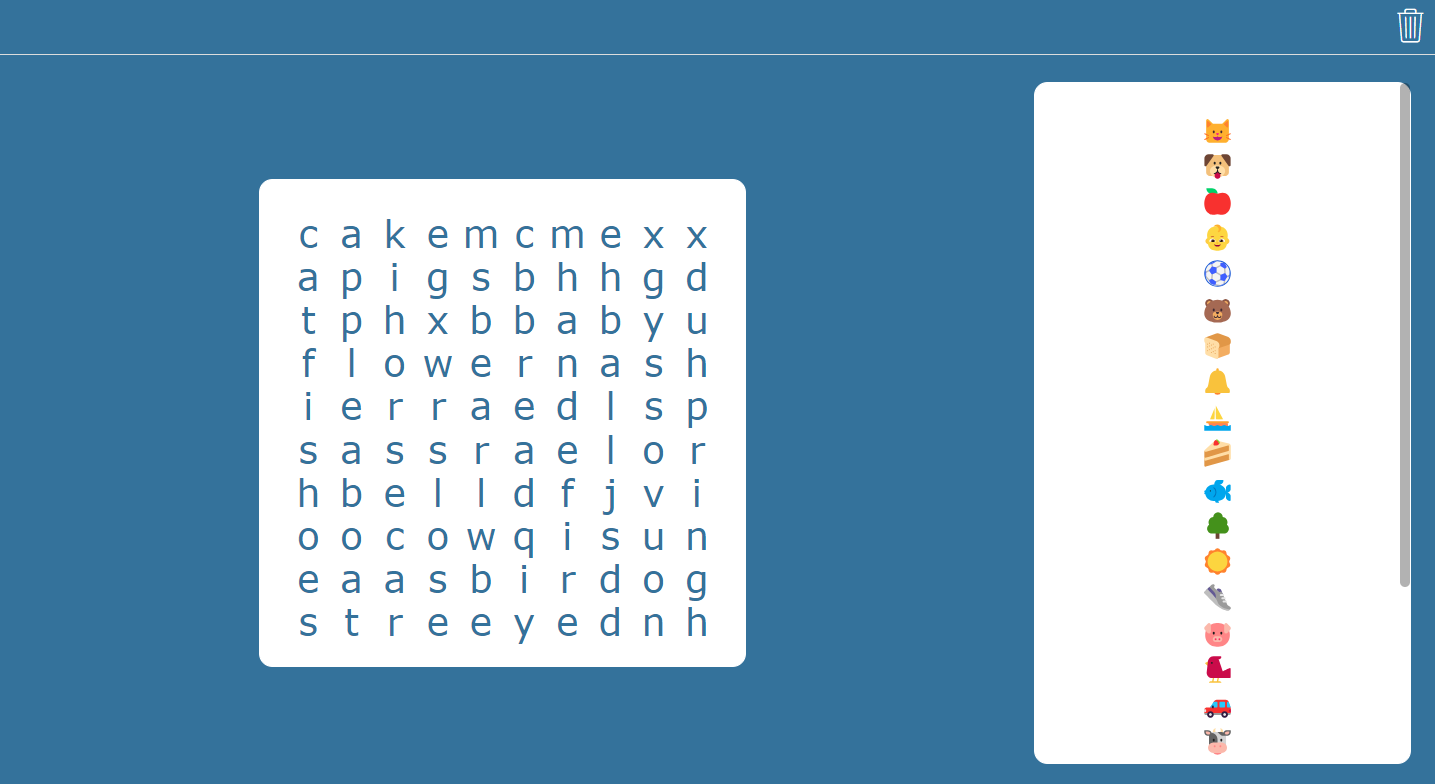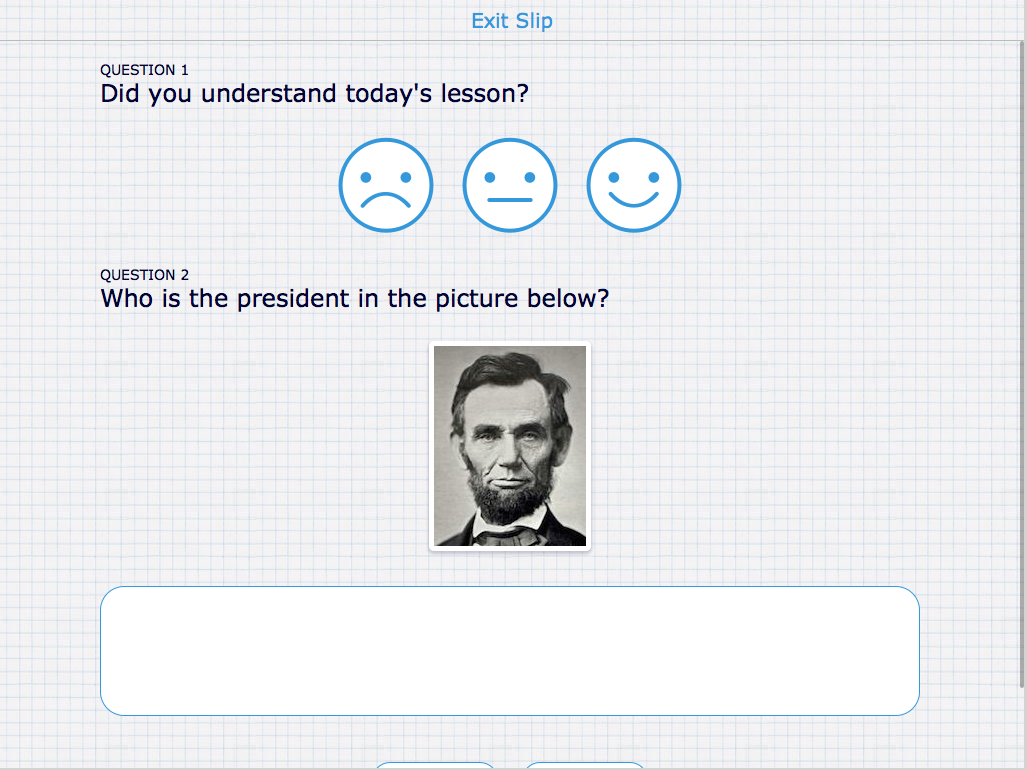10+ Amazing Ways to use Emojis in the Classroom
 Lucie Renard —
Lucie Renard —
Learning new and difficult things can be boring. No one will contradict that. You’ve had your time in a classroom with teachers who just keep on lecturing and lecturing and lecturing. You have to admit that there were some mornings you didn’t want to get out your bed to stare at that teacher’s face.
And now… you are that teacher. Ironic, isn’t it? I bet you always wanted to be better than your own teachers, or wanted to be like that one cool teacher you had.
Engaging your students is a hard task, but not an impossible one. Tom Cruise always got a way of accomplishing a “mission impossible”. So why can’t you? Spice up your lessons with emojis. Using emojis in the classroom is something different, modern, and it keeps your students engaged. Just take the jump!
Using emoticons to spice up a lesson
You’re about to get a whole lot of emoji lesson ideas for in your classroom. Some of them are my own, some of the emoji lesson plans are from creative teachers worth a mention.
P.S. If you don’t know anything about emojis and what they stand for, check out this website explaining the meaning of the most popular emojis.
1. Emojis as lesson starters
As a fun lesson starter, you could make your students guess the lesson topic. Put together some fun emoticons that match your lesson topic. Here’s an example:
“What do you think the lesson of today will be about?”
🌍 🚗 🚗 ➡️ ☀️ ☃️ 🌬 ❄️ 🌊 🐧 ☠️
(This lesson is about “Global warming”)
2. Linking emojis to lesson topics
This exercise can be used as a rehearsal exercise. After teaching your students a lesson about a certain topic, you can show your students emojis that relate to that certain topic. Your students have to explain how each emoticon is related to the topic they just learned about.
“Explain how each emoji is connected to our topic: equality.”
👩 👦 👦🏿 👩🏿 👳 💑 👩❤️👩 👨❤️👨 👪 👩👩👦 👨👨👦 ⛪️ 🕌 🕍
(Give it a try!)
You can also add these emojis at every end of a lesson. It’s a visual reminder of the lesson topic and it will help your students to learn better.
3. “Guess who” Emoji game
This exercise is actually just like the popular game “Guess who”. This game is so much fun AND it teaches your students to describe a person. Instead of a character out of the game, your students get a chart with emoticon characters.
First, choose in which language your students have to describe their person. Are you teaching English, Spanish, French, Dutch,…? Then, pair up the students and give them both a chart with emoticons. They choose the emoji the other student has to guess. Finally, they can start asking questions about the emoji’s appearance. When they’re done, let them do the same exercise, but a little bit differently. This time, the student has to describe their emoji to the other student. The second student has to guess which one it is by looking on its own paper. These could be possible emojis:
👳 👩🏿 👧 🕵🏻 👴🏾 👨🏽 👦🏻 👸🏻 👶🏾
👦🏼 👨 💂🏾 👨🏻 👩🏼 👴 🙍🏻 👰🏾 👦🏿
👮🏽 👩🏻 🙎🏿 👲 👵🏻 🎅🏼 👧🏽 👵 👸🏽
4. Enhance classroom rules clarity through emojis
Having clear classroom rules is crucial for effective classroom management. Utilizing emojis helps to visualize these rules, makeing them more memorable. Using this activity, ou can review the classroom rules interactively.
5. Express who you are using emojis
I’m sure you are familiar with this scenario: the first day of school, and you’re faced with the task of introducing yourself. Sometimes, the teacher might ask to introduce a fellow classmate. However, I have a different approach to getting to know each other. As you can probably guess, emojis play a central role in this idea. I suggest a fun challenge for the students: tasking them with describing themselves using emojis, while answering typical elements or questions.
6. Creating art inspired by emojis
Do your students occasionally face a shortage of inspiration? Here is the perfect solution to kick-start their creativity, allowing them to unleash their imagination. They simply need to spin the wheel, revealing 3 emojis. Using these 3 emojis as a foundation, it’s their task to craft a piece of art.
7. Random speaking exercise with emojis
In BookWidgets, you can make a lot of fun exercises. This exercise’s goal is to practice speaking. Add different wheels with emojis. Let your students spin the wheel and tell a story about the emoticons that appear. Their stories will be so funny. They are only limited by their own imagination. Click on the link below to go to the exercise. Copy the link and let your students open it on their computer, smartphone or tablet and you can get started right away!
(P.S. If you can’t see the emoji’s, try to make the screen smaller.)
8. Sight word with emojis
You can create a deck of flash cards with sight words for the youngest to learn to read; when they read the word, they can flip the card to get a picture of what they just read, both as confirmation and as a reward for getting it right. Take a look at the exercise by clicking the link below.
9. New vocabulary with emojis
Word search puzzles can be a great way to teach young kids to read. They can match the letters from the description list with the letters from the center to get to know the letters and words.
You can make things a little bit harder by removing the words from the list, and replacing them with emojis, giving them the chance to learn the letters by heart.
10. Rebus
For younger children, it’s a great way to help them tell a story as they can use the pictures. This way, they don’t have to worry about writing tricky or unfamiliar words.
Ask your students to write a Rebus. A rebus is a story where pictures replace words or parts of words. This exercise can be a really challenging activity. Students can write their own stories or retell stories they have read in class, or rewrite some traditional stories. Take a look at this example I got from Mr. P’s ICT blog. Click on the image for more examples.
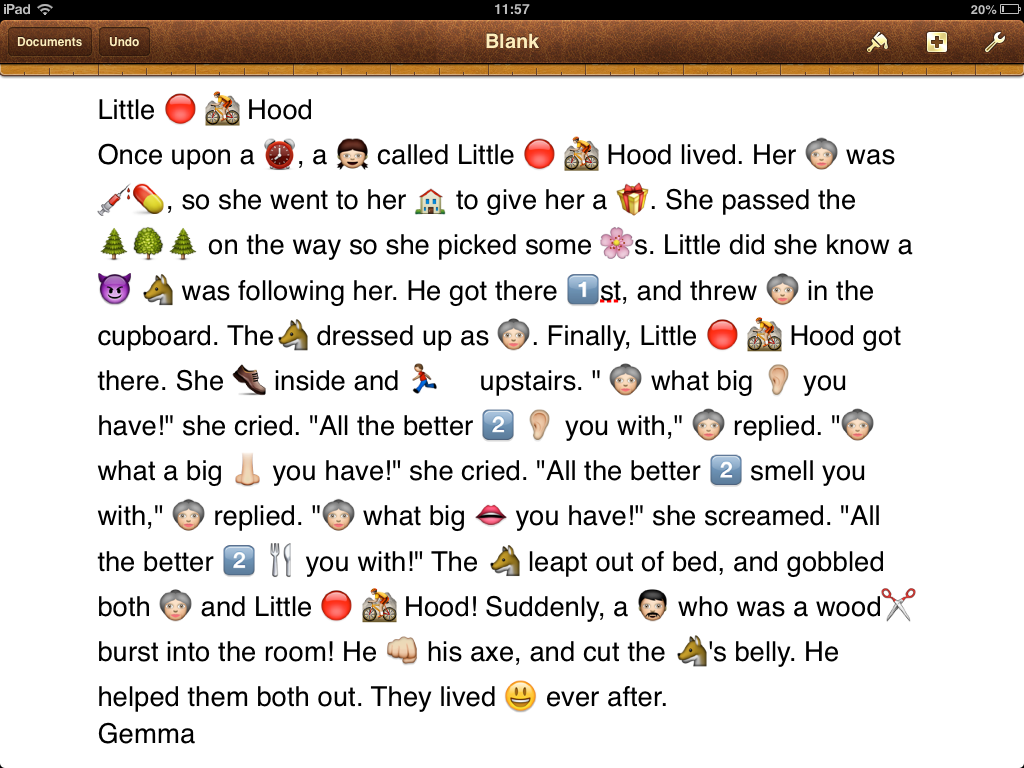
11. Emoji math challenge
Bringing a touch of fun into the math lessons, this challenge draws students’ attention. The students decode emojis to uncover the corresponding numbers. It encourages students to think critically and apply their problem-solving skills. The Emoji math challenge makes learning a real adventure.
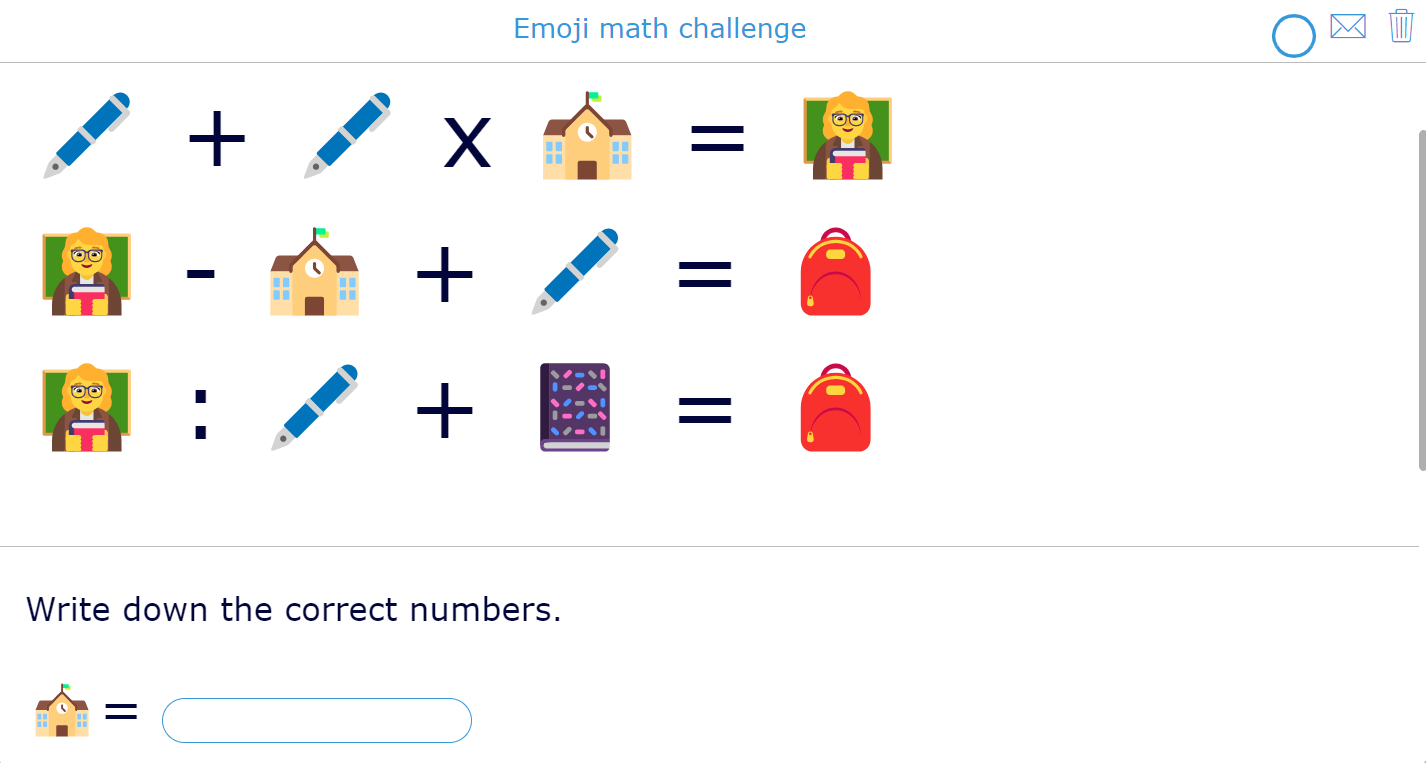
12. Emoji summaries
When your students have to read a book, they often have to make a summary of the book to prove they have read it. It’s boring, and you can find so many book reviews online.
So here’s another lesson idea using emoticons in the classroom: let students summarize their book with emojis. Use emoticons to describe the characters, the setting of the book, the problem and the solution. Then let your students summarize the complete story with emoticons. I saw this idea on the blog ErinTegration.
Take a look at this amazing example.
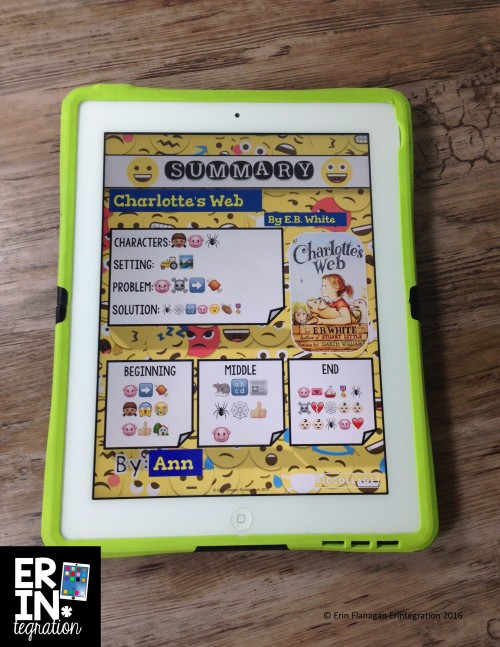
You can also finish this task by using a widget or exercise made with BookWidgets. See the example below to find out how. It’s pretty cool, don’t you think?
Take a look at this amazing example.
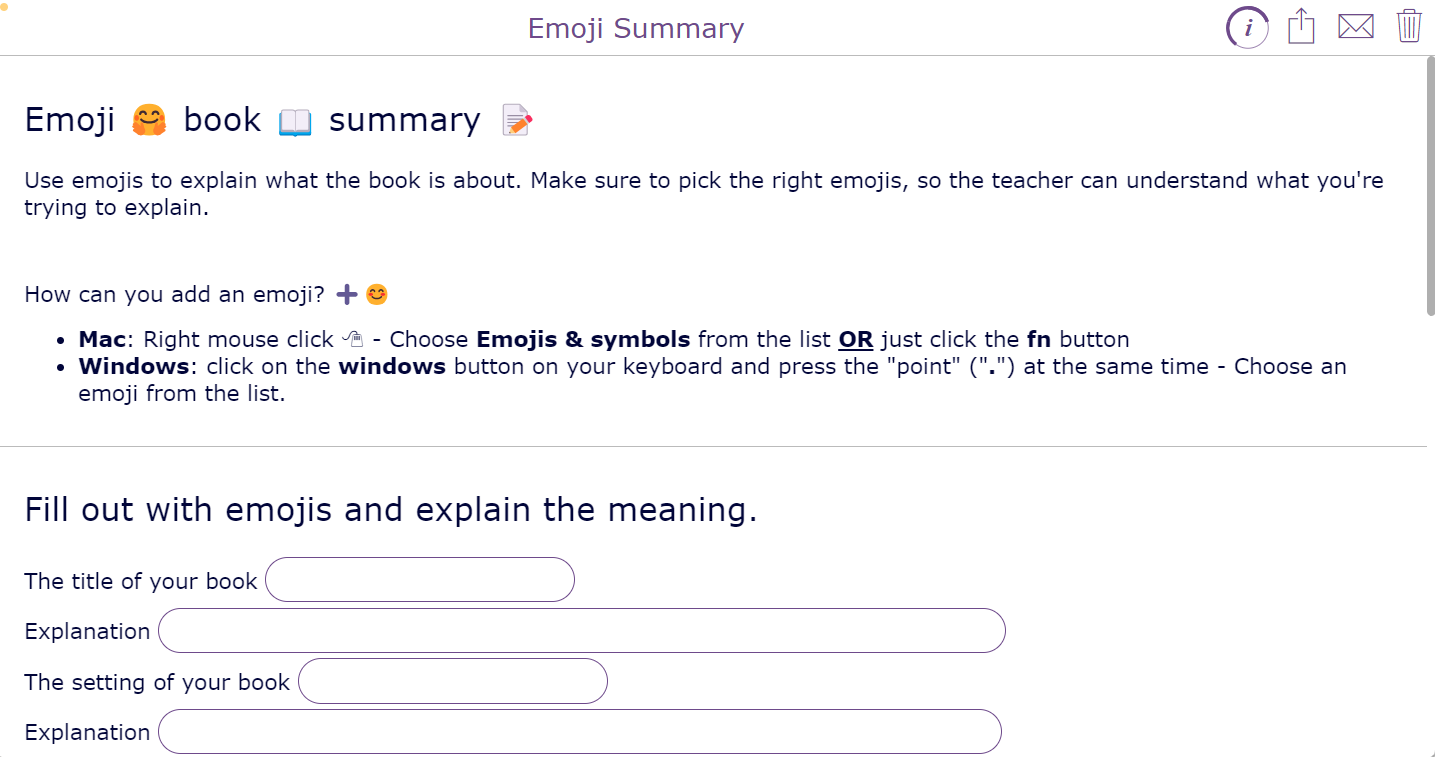
13. Communication with emojis
Communication, it’s not always easy for everyone. Using phones and sending messages can make it even trickier. People might understand things in different ways and students don’t always consider this. The use of emojis can help for a better understanding of the message. Try the activity below with your class as an introduction to a conversation about online communication.
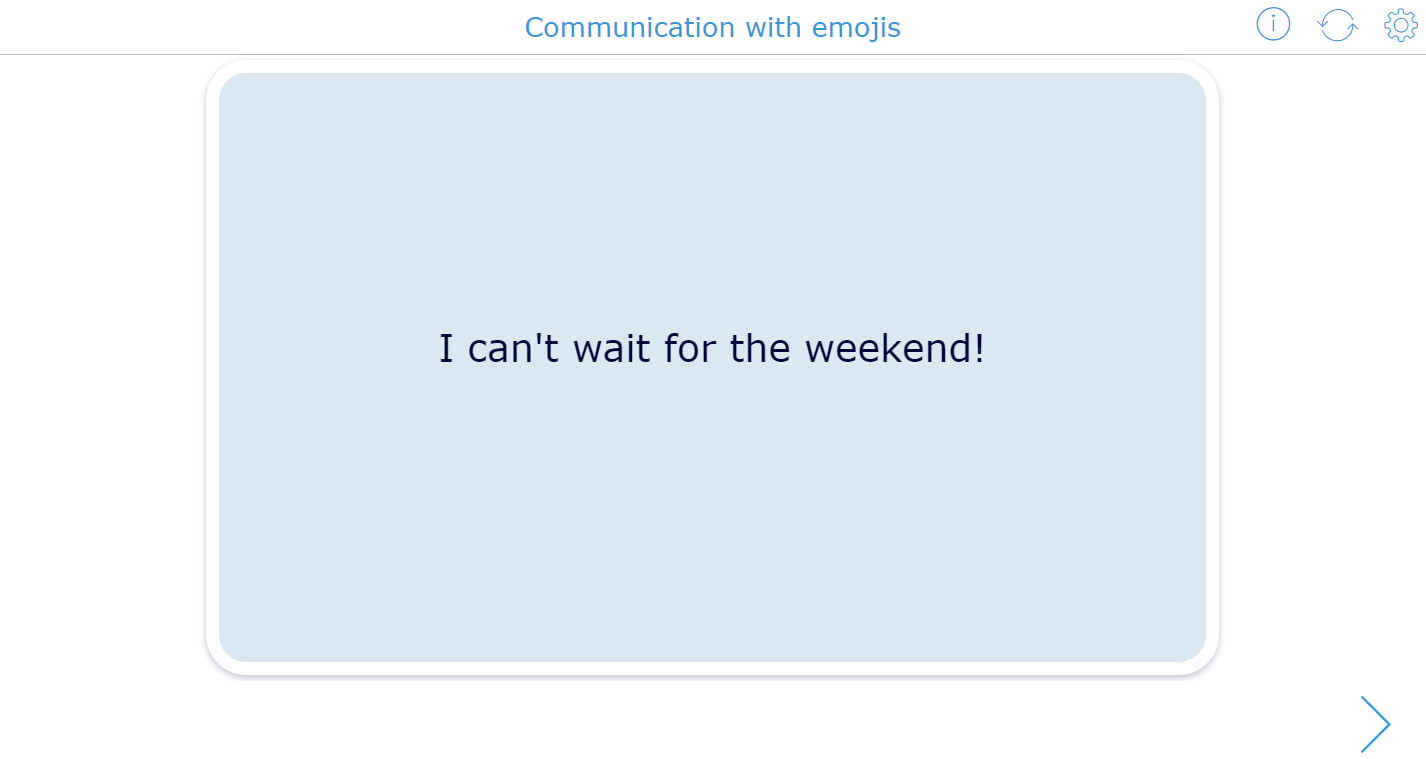
14. Emoji exit tickets
When you think about teaching with emojis, your first thought is probably “exit tickets!”. Yes, you’re right. Emojis are often used in exit tickets. Take for example this BookWidgets Exit ticket. Here, students have to tick off an emoji that matches their understandings. The image below shows an example of a BookWidgets exit ticket.
15. Self assessment with emojis
Finally, to close the lesson, you could let your students assess themselves. To make those self assessments more fun than an ordinary worksheet, you should use emojis. Take a look at this example of a digital worksheet.
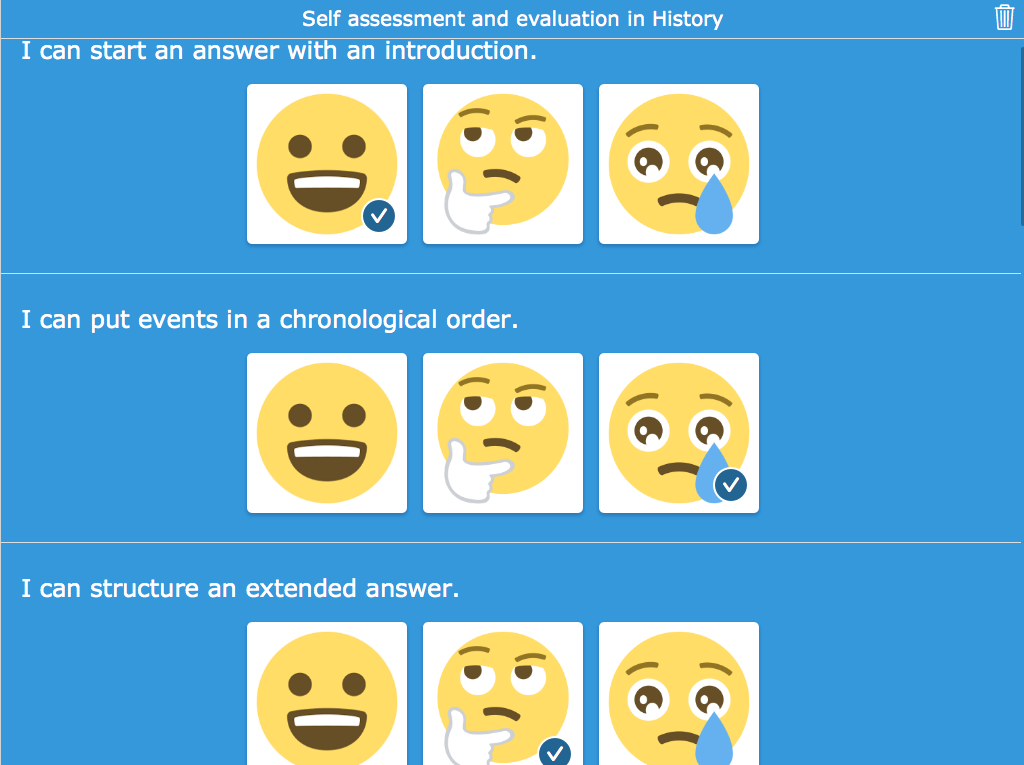
Most of these examples are made with BookWidgets. Curious about what you can do with BookWidgets in your classroom? You can start for free here:
💡Good to know: You can duplicate all the ready-made and free activities with emojis and share them with your students. You can even make some changes if you want. Find all the activities mentioned in the blog post listed in this BookWidgets Blog group folder.
Wrap up
If you still doubt the impact of emojis, you would want to take a look at this emoji infographic below. Now you know how much fun it is to include emojis in your lessons.
Do you have enough inspiration? I’m not holding you back any longer, just get started! Of course you can also collect additional inspiration if needed, take a look at our Teaching with BookWidgets Facebook group.
Would you like to be notified of new blog posts? Follow us on Twitter.

